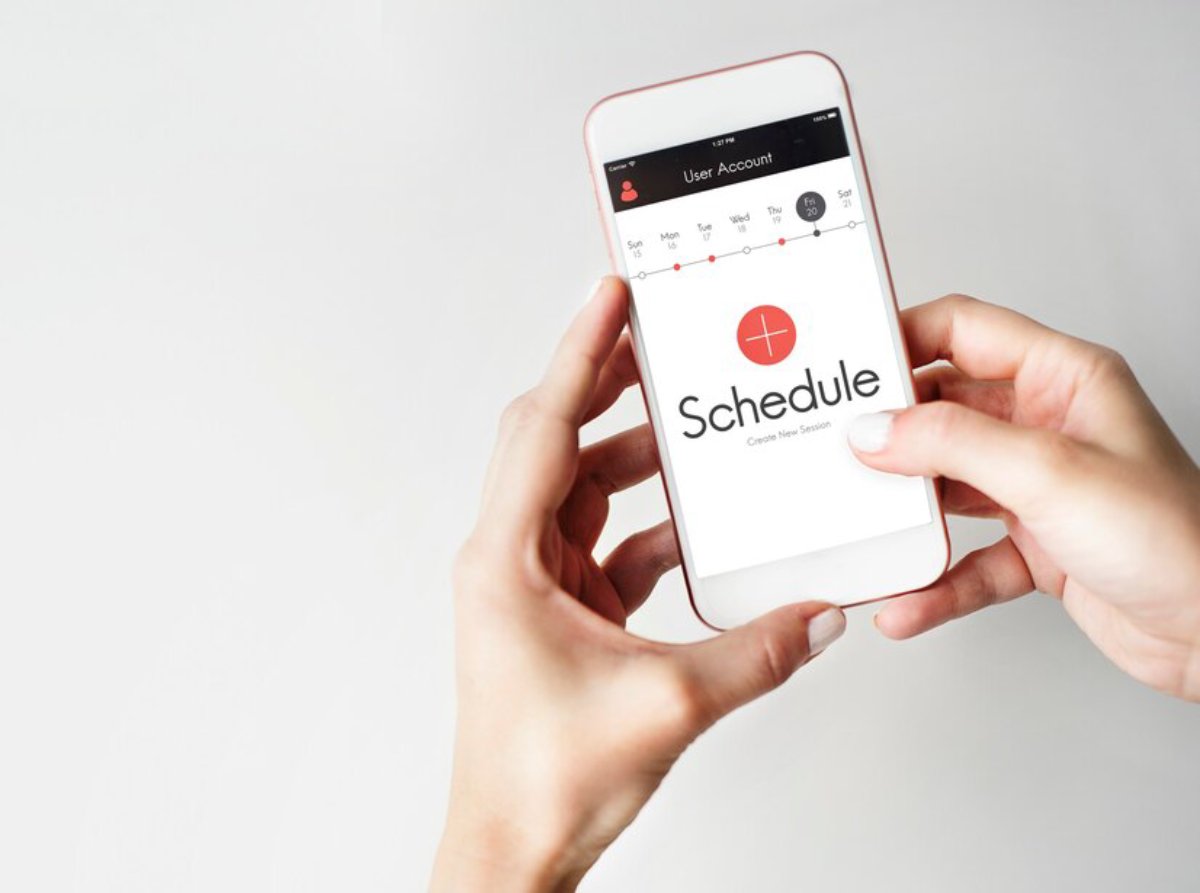
How to Design a Daily Schedule That Prioritises Focus
Modern life pulls us in a dozen directions at once. Between back-to-back meetings, never-ending email threads, and the digital tug-of-war of constant notifications, it’s no wonder many of us end the day wondering where our time went. Focus has become a rare commodity—yet it’s precisely what we need to do our best work.
Designing a daily schedule with intentional focus planning doesn’t just increase productivity; it transforms how you experience your workday. It enables clarity, flow, and that deeply satisfying sense of progress. Whether you’re a professional, freelancer, or student, a structured productivity schedule that carves out deep work time is the secret to regaining control.
Understanding the Core: The Science Behind Focus and Scheduling
Focus isn’t just a mental skill—it’s a neurological state. When we concentrate deeply on a single task, our brain enters what’s known as a “flow state,” where distractions fade and cognitive performance peaks. But here’s the catch: that state is fragile.
According to research by Gloria Mark at UC Irvine, it takes about 23 minutes to fully refocus after a distraction. That’s a costly cognitive tax if your day lacks structure.
Designing your day to protect this focus is no longer optional—it’s essential.
Benefits of a focus-first daily schedule:
- Better task completion and output quality
- Less mental fatigue and decision overwhelm
- Increased ability to do deep, meaningful work
- Improved long-term well-being and job satisfaction
Pro tip: Automate Repetition Schedule recurring time blocks for daily tasks. This limits decision fatigue and keeps your focus intact.

Quick Guide: How to Structure a Focus-Centric Day
- Map your energy peaks: Morning, midday, or evening—when do you focus best?
- Create protected deep work time blocks daily
- Batch similar tasks to reduce context switching
- Use visual planning tools (e.g. time-blocked calendars or daily planners)
- Set strict boundaries for email and meetings
- Embed recovery moments to reset your mental clarity
- Review and adjust weekly based on your performance
Important: Avoid Over-Scheduling. Leave white space. Overpacking your day is a fast track to burnout and chaos.
Step-by-Step Guide: Building Your Focus-First Daily Schedule
1. Identify Your Priorities
Use the Eisenhower Matrix or a simple to-do list to identify what truly matters today. Limit it to 3 high-impact tasks.
2. Understand Your Natural Focus Rhythms
Track your energy for a few days—notice when you’re alert versus when you slump. Design your deep work time accordingly.
3. Time-Block Your Calendar
Use calendar blocks to schedule:
- Deep work time (90–120 min focus blocks)
- Shallow tasks (email, admin)
- Breaks (every 90 minutes)
- Meetings (only if essential)

4. Protect the Morning
If mornings are your peak mental window, reserve them for your most demanding tasks—avoid booking meetings before lunch if possible.
5. Use Templates
A reusable daily planning template can streamline your prep each day and reinforce habit-building.
6. Review at Day’s End
Take five minutes to reflect: What worked today? Where did I get distracted? What will I improve tomorrow?
Best Practices & Additional Insights
- Guard your deep work time like a doctor guards appointments—say no to interruptions.
- Embrace thematic days (e.g. writing Mondays, admin Fridays) to streamline mental load.
- Use tools like Notion, Sunsama, or Timeular to visualise and track where your focus hours go.
- Include buffer blocks—small spaces between sessions to decompress or prepare mentally.
Insider Tip: Knowledge workers who implement a “focus-first morning rule” (2 hours of deep work before checking emails) report up to 3x productivity boosts, especially when combined with digital minimalism techniques.
FAQs
Q:1 How many deep work hours should I aim for?
Most people max out at 4 hours of high-quality deep work daily. Start with 1–2 blocks and grow from there.
Q:2 What if my schedule is filled with meetings?
Try proposing meeting-free zones in your calendar. Suggest async updates or batched calls instead.
Q:3 Can I do deep work with kids or housemates around?
Yes—with clarity. Communicate your schedule and use noise-blocking tools or go analogue (e.g., library or outdoor work).
Q:4 How do I stop distractions?
Start by removing temptation—log out of apps, put your phone in another room, and use blockers like Cold Turkey or Freedom.
Q:5 Should I plan every minute of my day?
No, but every important focus window should be protected. Flexibility is fine; chaos is not.
Your New Day, Your New Results
Focus isn’t solely about increasing your workload; it’s about engaging with what truly matters and doing it better. Crafting a productivity schedule with clear goals and intentionality provides you with the necessary space to think critically, unleash your creativity, and ultimately thrive in your endeavours.
The deep work blocks you establish today will translate into tomorrow’s progress, creating lasting momentum and fostering a sense of peace of mind. By prioritising meaningful tasks, you can cultivate an environment where you feel more accomplished and fulfilled. Each moment spent on focused activities contributes to your overall success and well-being. Embrace this approach, and watch how it transforms your productivity and perspective on work.
So pause. Look at your calendar. What would change if you gave your focus the place it deserves?


